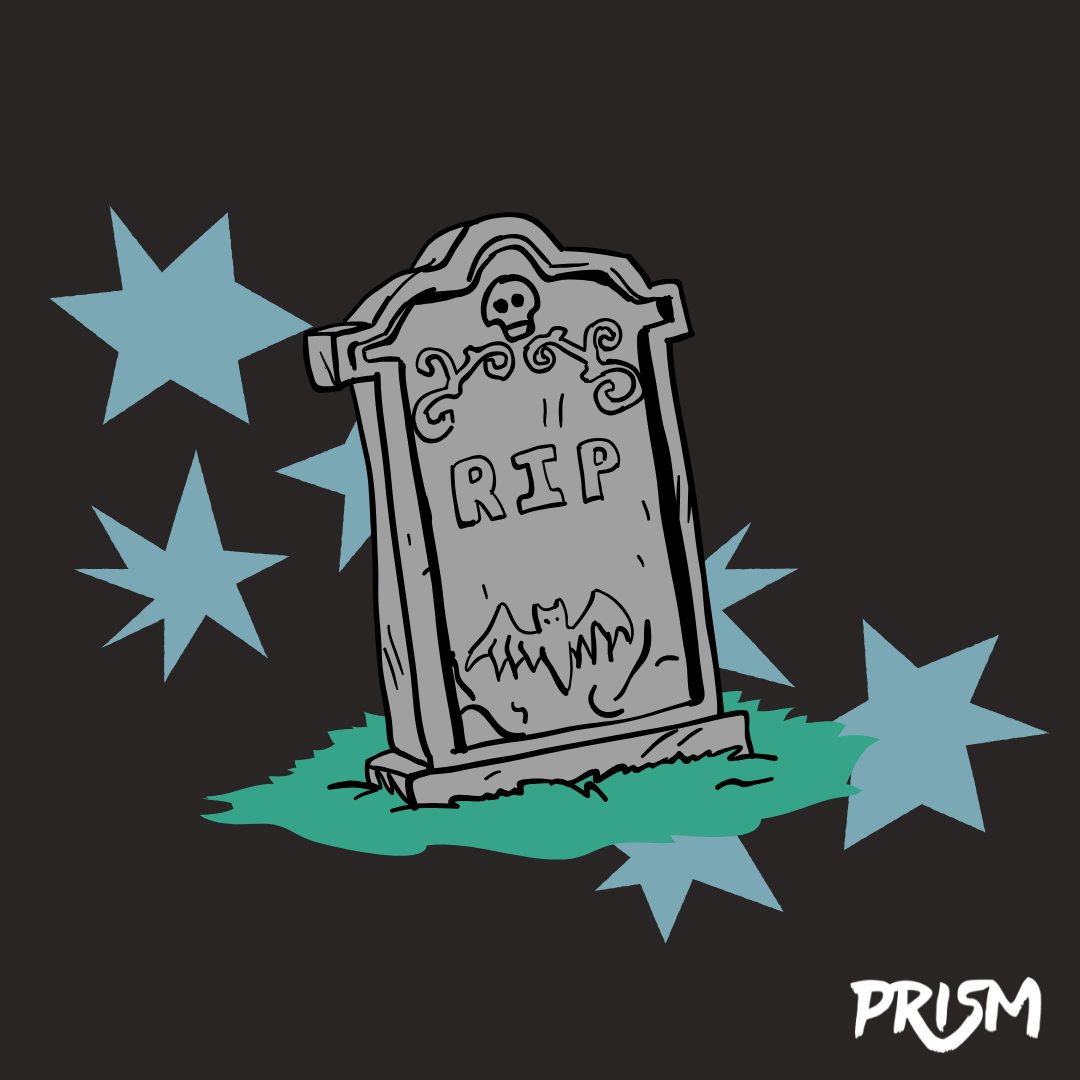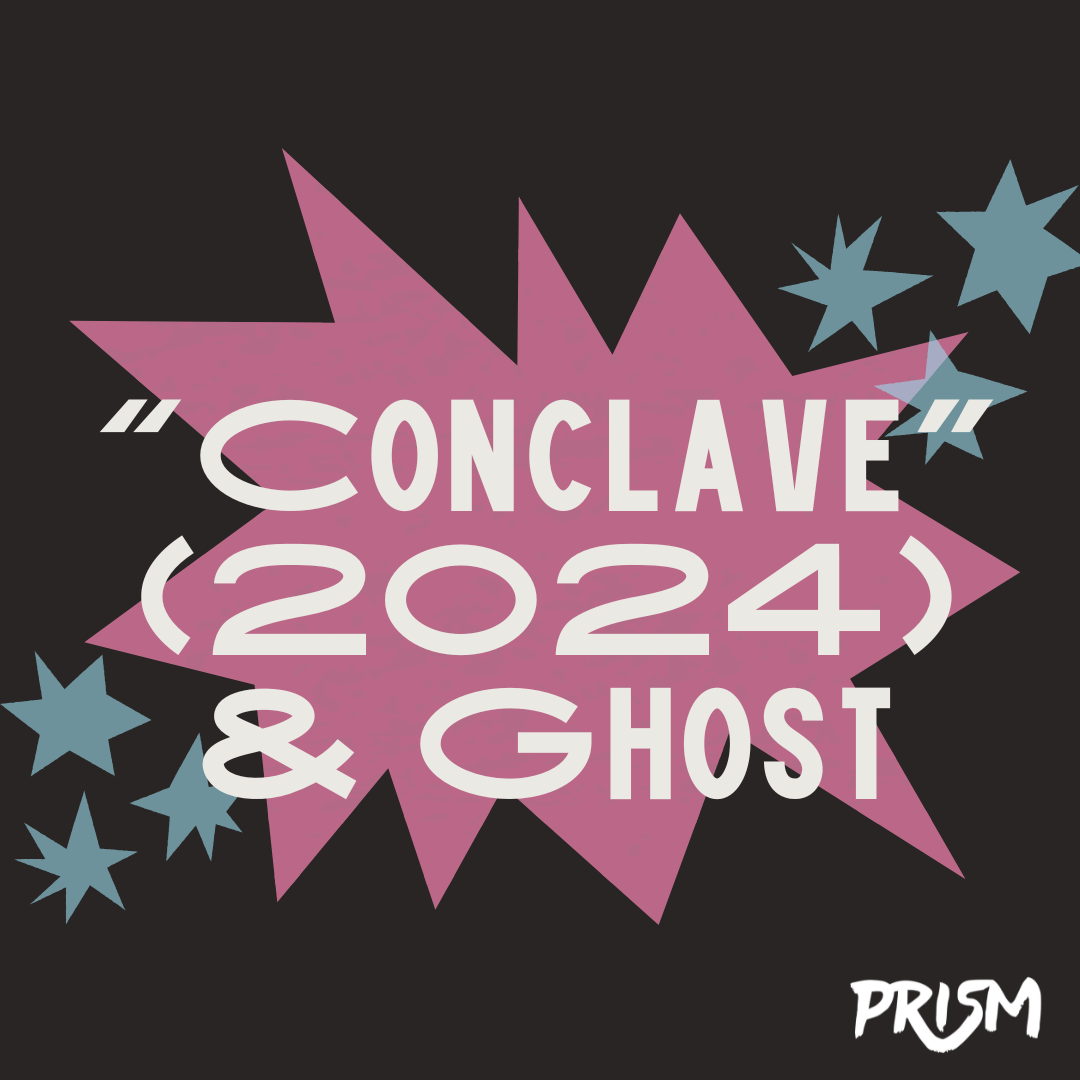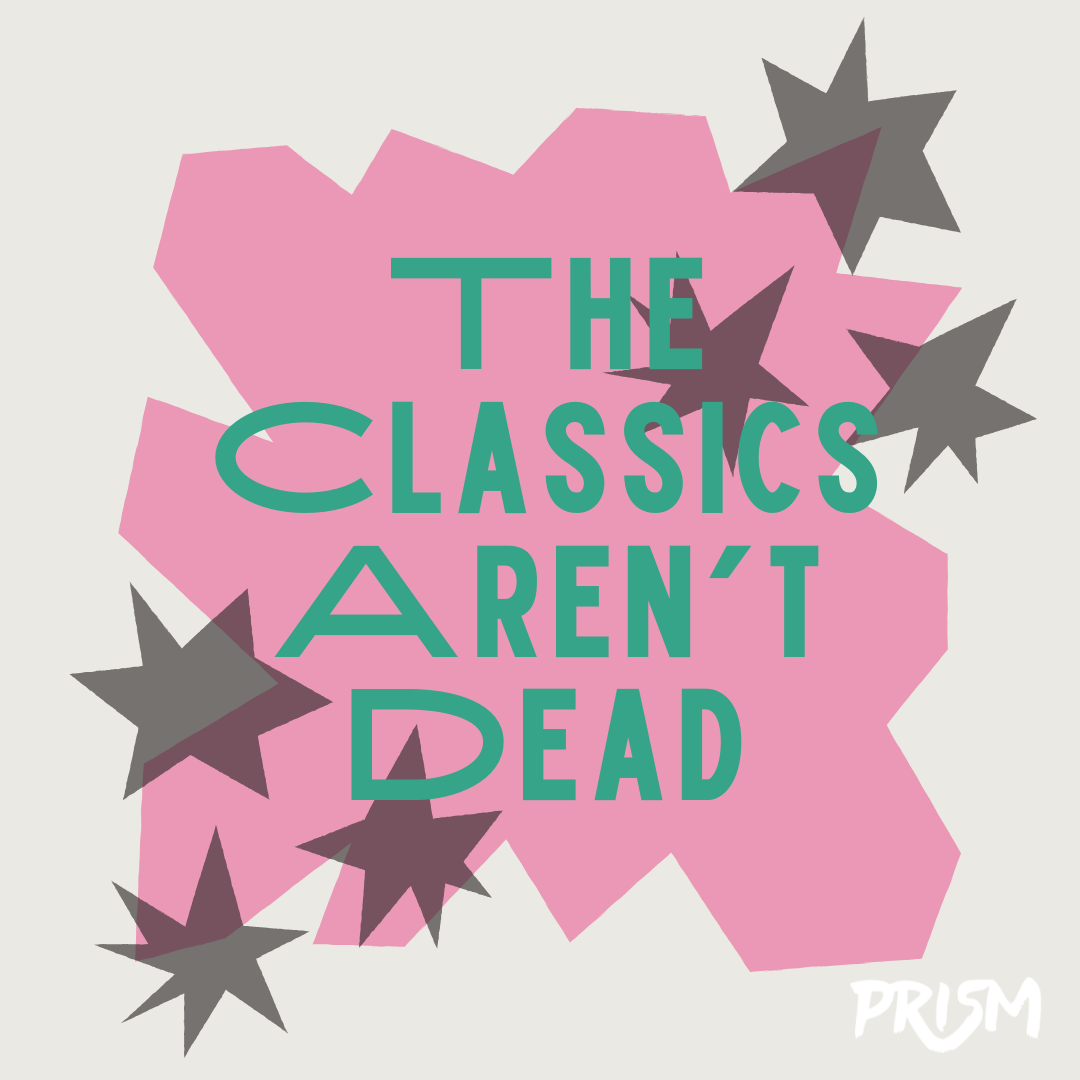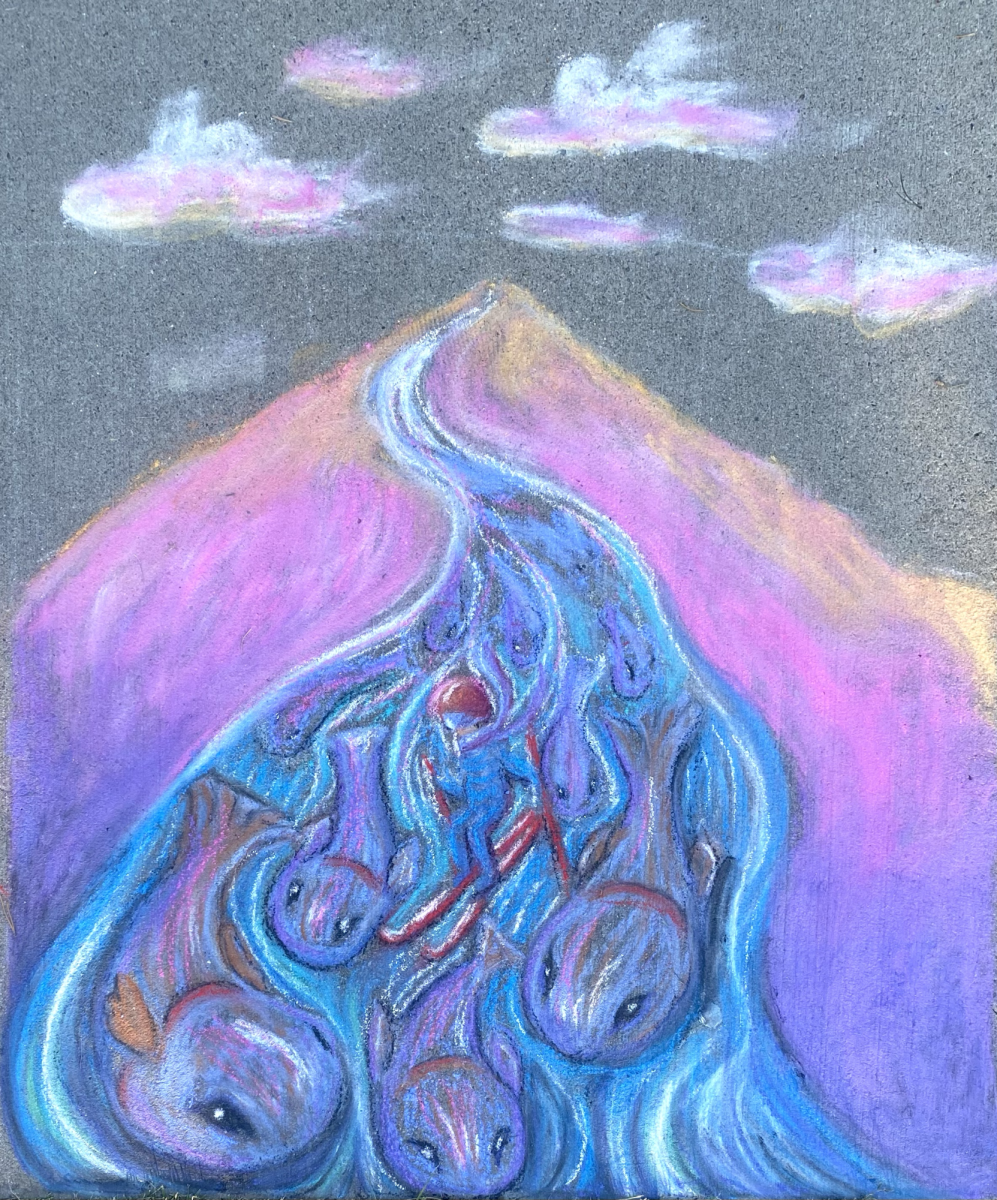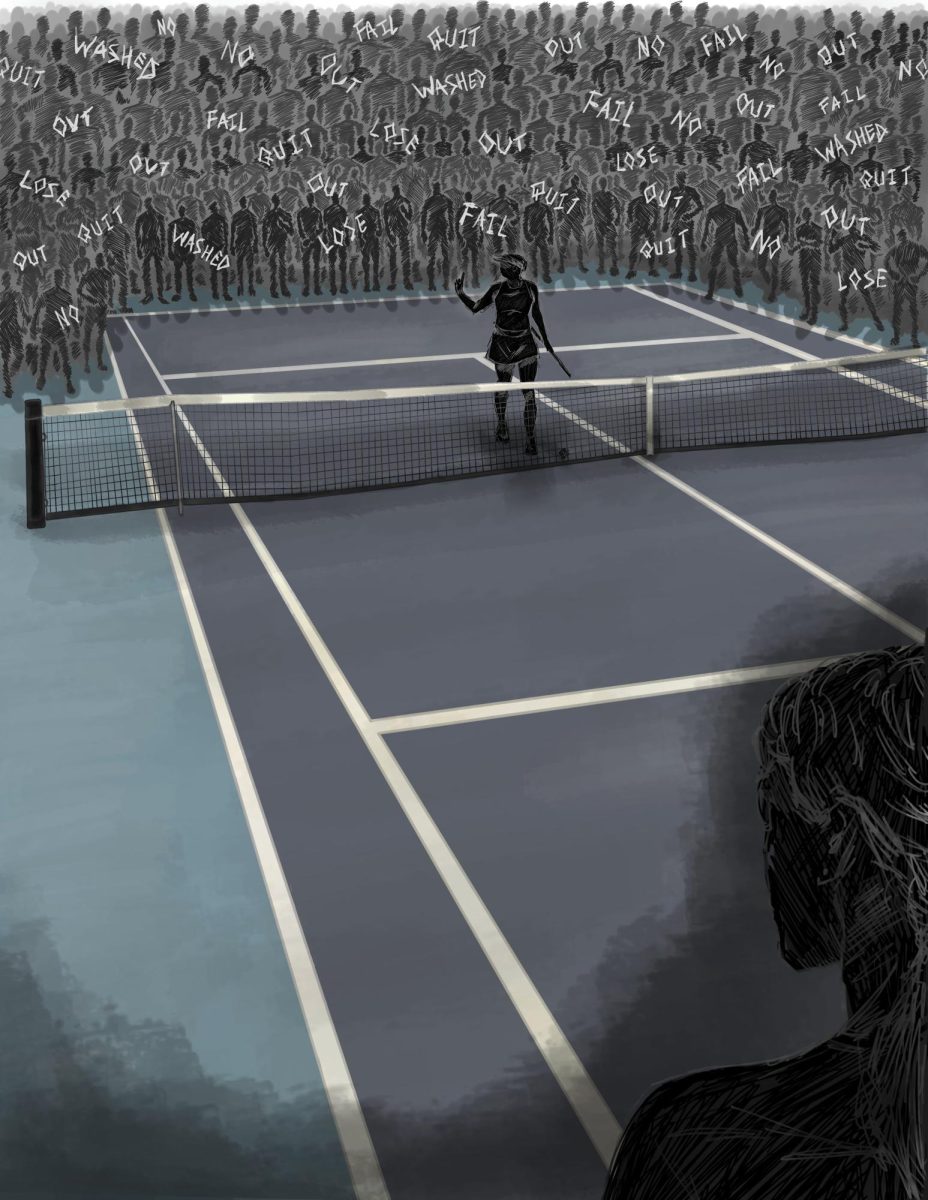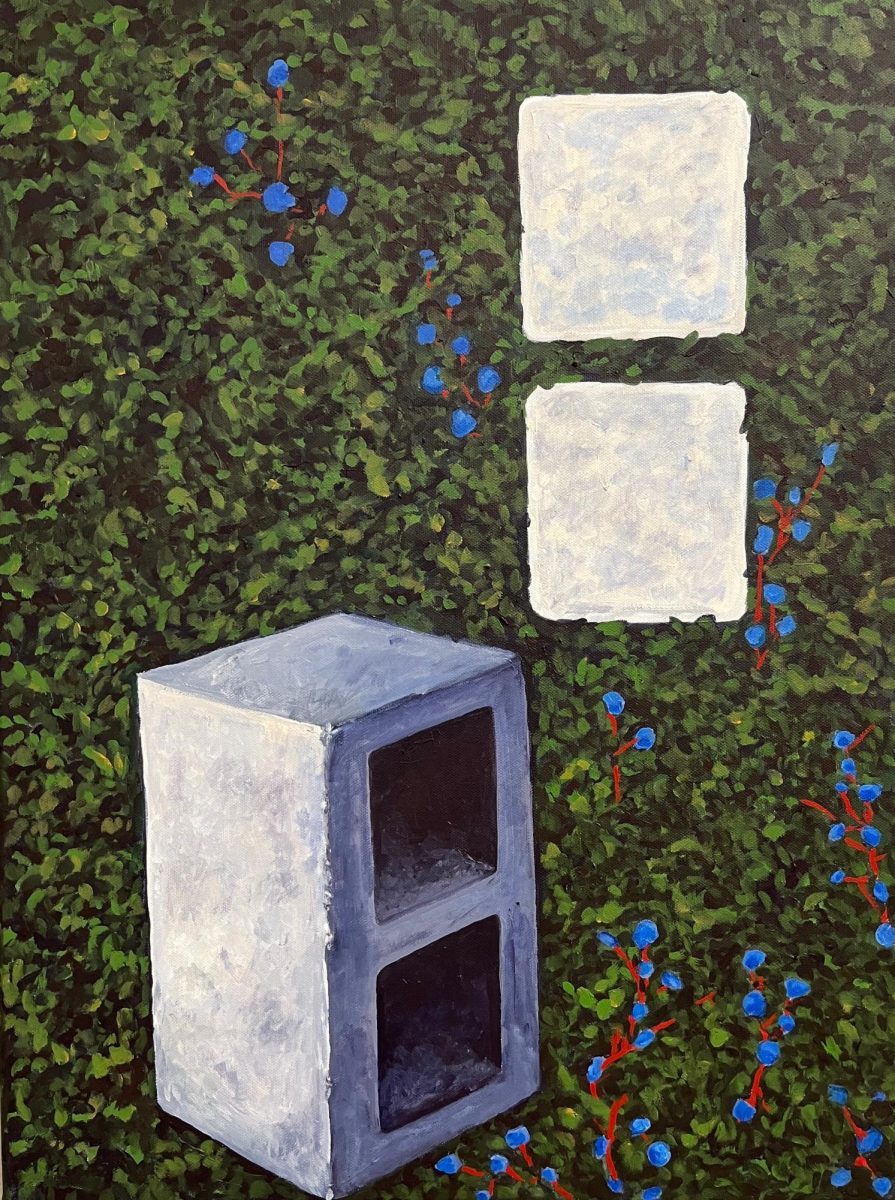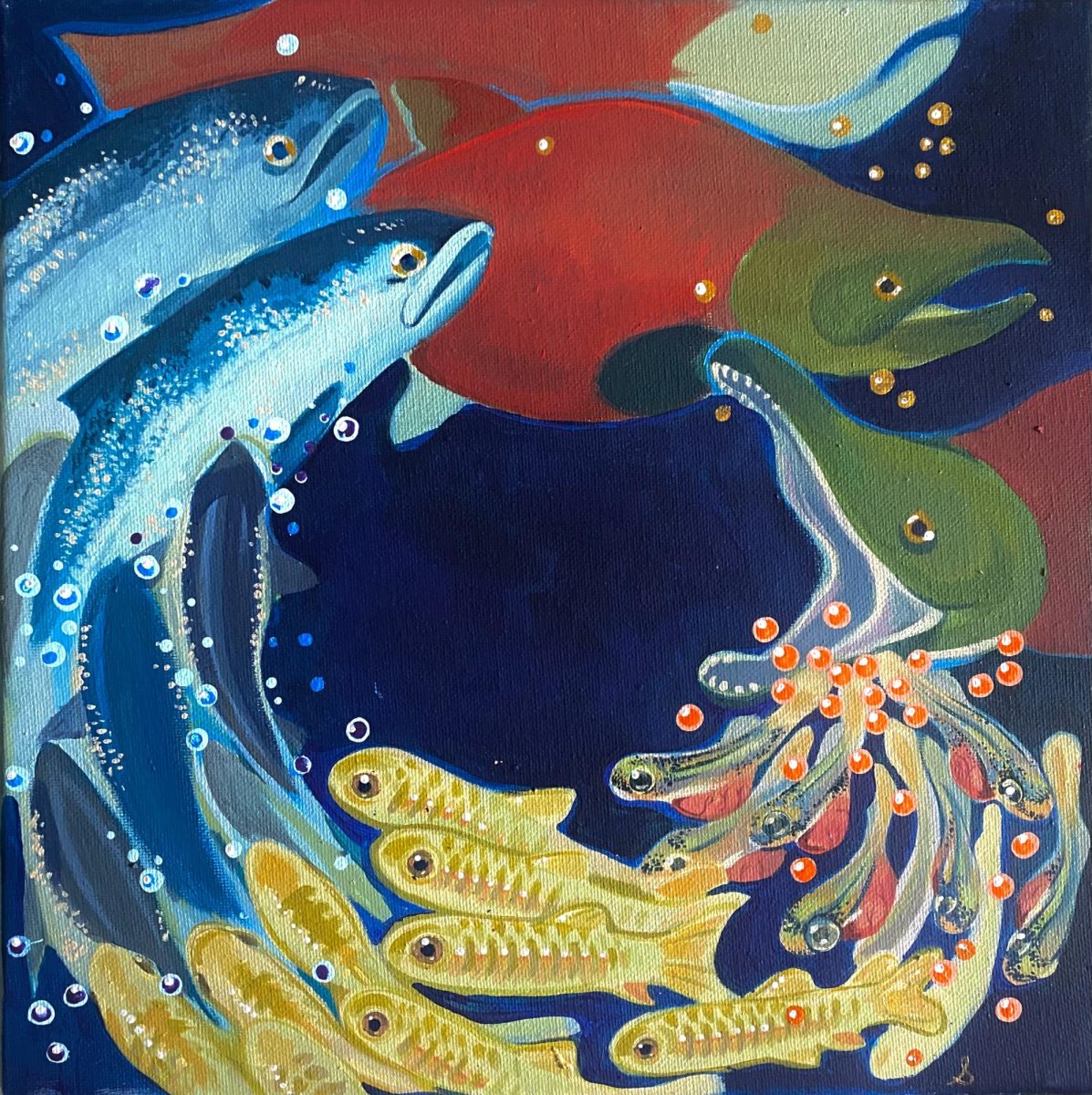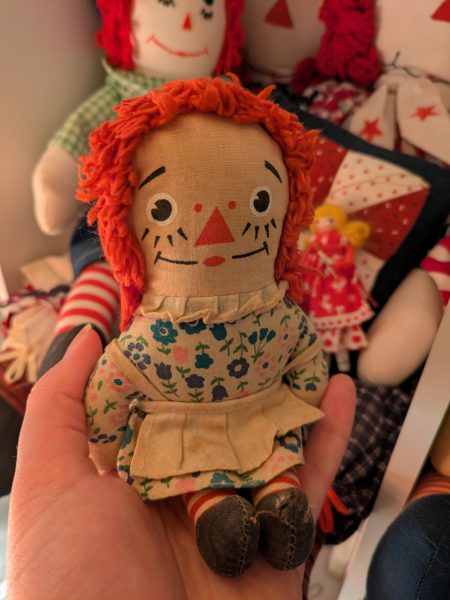
My first exposure to Raggedy Ann was the well-known story of Annabelle, a haunted Raggedy Ann doll kept in a locked case in the (now defunct) Warrens’ Occult Museum (About 2024). This is not an original experience. At the time, I didn’t even know that “Annabelle” was a Raggedy Ann doll — to me, she was just Annabelle. It would be many, many years until I would come back to the dolls, not with an elementary school sense of fear, but with a fondness. The iconic picture of Annabelle is a little silly to me now. I hope that someday she can be released from that glass, free to make a new life for herself without those nasty allegations following her around.
I think that many people who heard the tale of Annabelle at a young age, as I did, never quite got past that. And I know that many people see dolls as creepy, regardless of what YouTube channels they watched as children. As an enthusiast, it can be easy for me to forget that my charming doll collection is most people’s creepy doll room. As such, I feel a need to proselytize a bit. This blog post isn’t necessarily to teach people to appreciate Ann, more just to give myself an excuse to talk a little bit about a doll I really like. But maybe it will show those who read this that Ann isn’t just a murder doll in stupid glass case.
The exact origins of Raggedy Ann aren’t exactly a mystery, but there are quite a few permutations. The consistent details are that she was created by Johnny Gruelle, who had a daughter named Marcella. Depending on where you look, Marcella found the doll and brought it to Gruelle, or Gruelle found the doll and gave it to Marcella, the doll was made by Marcella’s grandmother, or by Gruelle’s, or by Gruelle’s mother, Gruelle gave the doll to Marcella when she was sick, Gruelle created the doll when he saw Marcella’s body, tragically dead from an infected vaccination at the age of 13. From what I found, the most commonly repeated origin tale is the first that I mentioned: that Marcella found a faceless ragdoll in her grandmother’s attic and brought it to her father, who drew a face onto it and named it “Raggedy Ann.” It makes sense that this is the legend that most people believe, as it lines up with the first chapter of the very first book Raggedy Ann appeared in, Raggedy Ann Stories (Google books).
Many of the permutations were spread by Johnny Gruelle himself, who apparently thought it funny to change the story each time he was asked. Most of them have a solid grain of truth to them. The most reliable account we have is from Gruelle’s wife, Myrtle (Indiana Historical Society 2016). According to her, Gruelle found a faceless ragdoll in his mother’s attic before Marcella was even born. He eventually drew a face on it, named it Raggedy Ann, and gave it to Marcella, and would go on to be inspired by his daughter to write stories featuring her and her beloved doll.
Gruelle would get Ann’s design (a design, anyway) officially patented on September 7, 1915 (USD47789S – Design for a doll). Just two years later, Raggedy Ann Stories was be published under P.F. Volland Co., written and illustrated by Gruelle. Ann’s brother, Raggedy Andy, was introduced in 1920, in a book aptly named Raggedy Andy Stories (I was able to get my hands on a copy from an antique store) (Raggedy Andy 2005). These two books are now public domain.
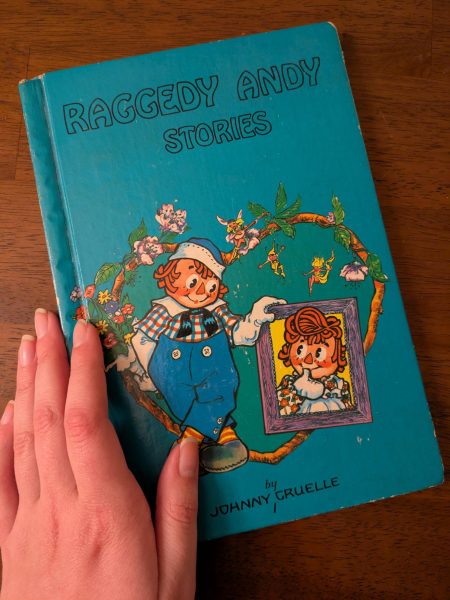
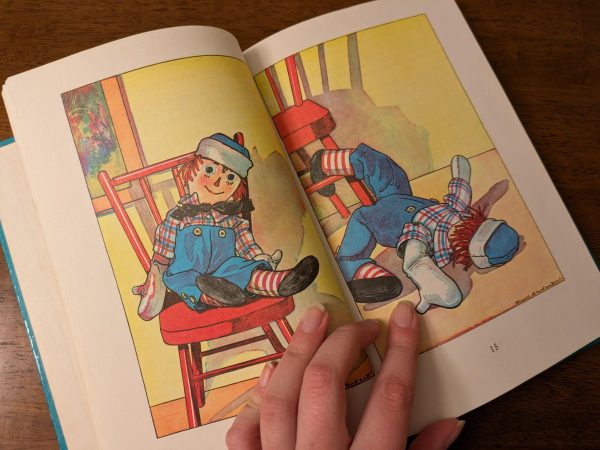
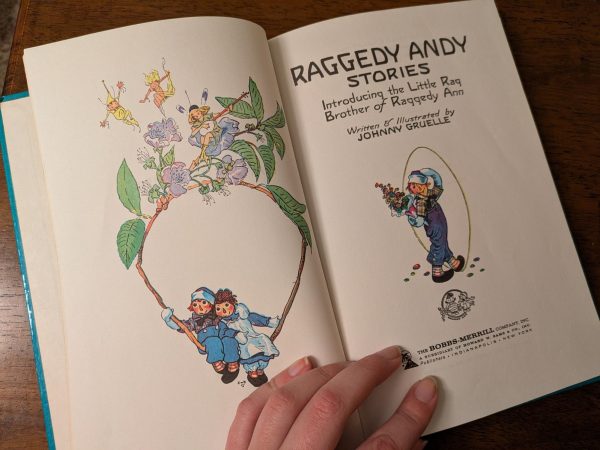
Within the same year, P.F. Volland Toy Company began producing dolls to tie in with the books, and this proved to be a massive success (P.F. Volland Company Records). Within the next two decades, doll production was transferred to Exposition Doll and Toy Company, and Ann and Andy got their first bootlegs, courtesy of Molly-‘Es Doll Outfitters.
Gruelle continued writing and illustrating Raggedy Ann and Andy books until his death on January 9, 1938. In his absence, book production was taken up by many other artists and authors, and continues as such to this day.
Between ‘38 and ‘82, doll production would be the responsibility of Georgene Novelties, then Knickerbocker. In my opinion, the Knickerbocker dolls are some of the silliest (source: I own one, and it’s very silly.)
In 1977, Raggedy Ann and Andy: A Musical Adventure (“Raggedy Ann & Andy: A Musical Adventure.” 1977) premiered in theatres, an adaptation of the book Raggedy Ann and Andy and the Camel With the Wrinkled Knees (published 1924) (Internet Archive, 1970). While not the only time the two appeared on a screen, it’s perhaps the most iconic. The movie made back about a fourth of its production budget, received mixed reviews (Hoffer, Appendix 1: Chronology of Animation 1981), and can now be found for free on YouTube. Its production history could be an entire blog post itself, one that I would be happy to write if it weren’t so tangential. I recommend giving it a watch if you’re in the mood for one of the most earnest and confusing pieces of media you’ll ever bear witness too. It’s like the Thief and the Cobbler, but with dolls, and finished.
Since then, toy production has switched hands a few more times, and is now being done by Hasbro/Playskool and Aurora World Inc. Raggedy Ann and Andy have featured in over 80 books, and have made their mark on television, the big screen, and the stage. Even if this short treatise has done nothing to lessen your general distaste for dolls, I hope that it may cause at least one of you to recognize that Ann is much more than a demon doll in a funny glass case. And maybe you should be a little nicer to your local doll-loving grandma — it’s not her fault that the horror industry utilizes nostalgia so often.
Despite the damage that Annabelle did to the general public’s perception of these 100+ year old dolls, Ann and Andy have still snuck their way into people’s hearts, and for now it seems they plan to stay there. At the very least, I know they’ll stay in mine.
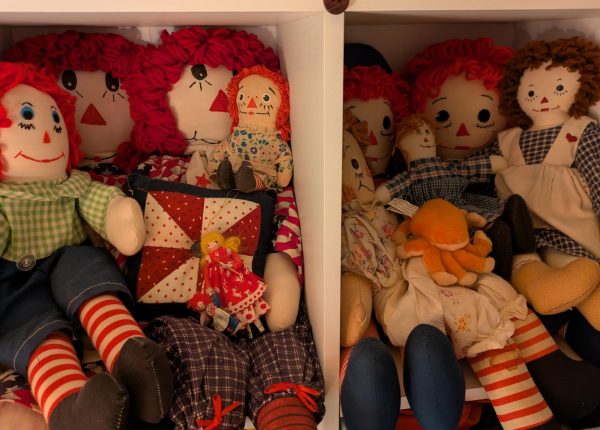
About. NESPR. (2024, December 29). https://tonyspera.com/about/.
Google. (n.d.). Raggedy Ann Stories. Google Books. https://www.google.com/books/edition/Raggedy_Ann_Stories/x0YPAAAAYAAJ?hl=en&gbpv=0.
Indiana Historical Society. (2016, December 19). F_521_I48_VOL2_NO4 7. CONTENTdm. https://cdm16797.contentdm.oclc.org/digital/collection/p16797coll39/id/262.
Google. (n.d.). USD47789S – Design for a doll. Google Patents. https://patents.google.com/patent/USD47789.
Raggedy andy. The Project Gutenberg eBook of Raggedy Andy Stories, by Johnny Gruelle. (2005). https://www.gutenberg.org/files/17371/17371-h/17371-h.htm.
Chicago Public Library Foundation. (n.d.). P.F. Volland Company Records. Chicago Public Library. https://www.chipublib.org/fa-p-f-volland-company-records/#:~:text=In%201908%2C%20the%20P.F.,party%20favors%20and%20paper%20crafts.
“Raggedy Ann & Andy: A Musical Adventure.” The First Full-Length Animated Musical Comedy! (1977, April 2). Billboard, pp. 66–67.
Raggedy Ann and Andy and the camel with the wrinkled knees : Johnny Gruelle : Free download, Borrow, and streaming. Internet Archive. (1970, January 1). https://archive.org/details/raggedy-ann-and-andy-and-the-camel-with-the-wrinkled-knees/mode/2up.
Hoffer, T. W. (1981). Appendix 1: Chronology of Animation. In Animation, a reference guide (pp. 223). essay, Greenwood Press.


